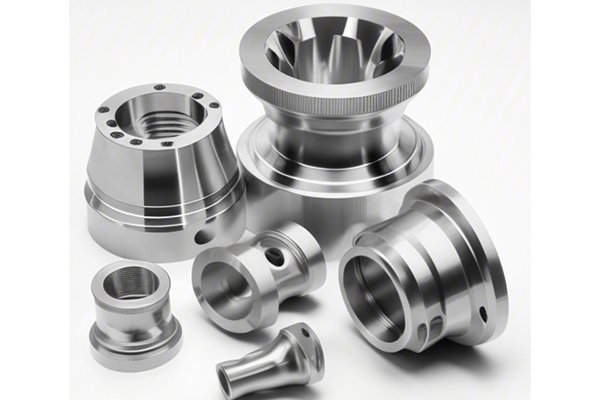Did you know that aluminum is one of the most widely used metals in the world, accounting for approximately 8% of the Earth’s solid surface? Its lightweight nature, excellent strength-to-weight ratio, and resistance to corrosion make it a popular choice in various industries, including aerospace, automotive, and electronics. However, ensuring the corrosion resistance of aluminum alloy housings through CNC machining is a critical concern for manufacturers. In this blog, we will explore how CNC machining can enhance the corrosion resistance of aluminum alloy housings, the techniques involved, and the best practices to follow.
Understanding Corrosion in Aluminum Alloys
Corrosion is a natural process that occurs when metals react with their environment, leading to deterioration. Aluminum alloys, while inherently resistant to corrosion due to the formation of a protective oxide layer, can still be susceptible to various forms of corrosion, including:
Understanding these corrosion types is essential for manufacturers to implement effective CNC machining processes that enhance the durability and longevity of aluminum alloy housings.
The Role of CNC Machining in Enhancing Corrosion Resistance
CNC (Computer Numerical Control) machining is a manufacturing process that utilizes computer-controlled tools to create precise parts and components. When it comes to aluminum alloy housings, CNC machining plays a vital role in ensuring corrosion resistance through the following methods:
Precision machining allows for tight tolerances and smooth surface finishes, which are crucial for minimizing the risk of corrosion. A smoother surface reduces the likelihood of pitting and crevice corrosion by limiting the areas where moisture and contaminants can accumulate.
Choosing the right tools for CNC machining is essential for achieving optimal results. Tools made from high-speed steel (HSS) or carbide are recommended for machining aluminum alloys, as they provide better wear resistance and can maintain sharp cutting edges, resulting in smoother finishes.
Adjusting cutting parameters such as speed, feed rate, and depth of cut can significantly impact the surface finish of the machined part. Higher cutting speeds and appropriate feed rates can reduce friction and heat generation, leading to better surface quality and enhanced corrosion resistance.
After CNC machining, applying surface treatments can further improve the corrosion resistance of aluminum alloy housings. Common surface treatments include:

Implementing rigorous quality control measures during the CNC machining process is essential for ensuring the integrity of the final product. Regular inspections can help identify any defects or inconsistencies that may compromise corrosion resistance.
Best Practices for CNC Machining Aluminum Alloy Housings
To maximize the corrosion resistance of aluminum alloy housings through CNC machining, manufacturers should follow these best practices:
Choosing the right aluminum alloy is crucial. Alloys such as 6061 and 7075 offer excellent corrosion resistance and mechanical properties, making them suitable for various applications.
Designing parts with proper drainage and ventilation can help prevent moisture accumulation, reducing the risk of corrosion. Avoiding sharp corners and crevices in the design can also minimize the potential for localized corrosion.
Maintaining CNC machines and tools is essential for ensuring consistent performance. Regular cleaning and lubrication can prevent contamination and wear, leading to better machining results.
Investing in employee training on CNC machining techniques and corrosion prevention can significantly improve the quality of the final product. Knowledgeable operators can make informed decisions during the machining process, leading to better outcomes.
Controlling the machining environment, such as humidity and temperature, can help reduce the risk of corrosion. Implementing proper storage and handling procedures for machined parts can also prevent exposure to corrosive elements.
In conclusion, CNC machining plays a pivotal role in ensuring the corrosion resistance of aluminum alloy housings. By understanding the types of corrosion, implementing precision machining techniques, selecting appropriate tools, and applying effective surface treatments, manufacturers can significantly enhance the durability and longevity of their products.
As industries continue to demand lightweight and corrosion-resistant materials, the importance of CNC machining in achieving these goals cannot be overstated. By following best practices and investing in quality control, manufacturers can ensure that their aluminum alloy housings meet the highest standards of performance and reliability.
Remember, the fight against corrosion is ongoing, and staying informed about the latest techniques and technologies in CNC machining is essential for success in today’s competitive market. Embrace these strategies, and you’ll not only improve the quality of your products but also contribute to a more sustainable and efficient manufacturing process.






